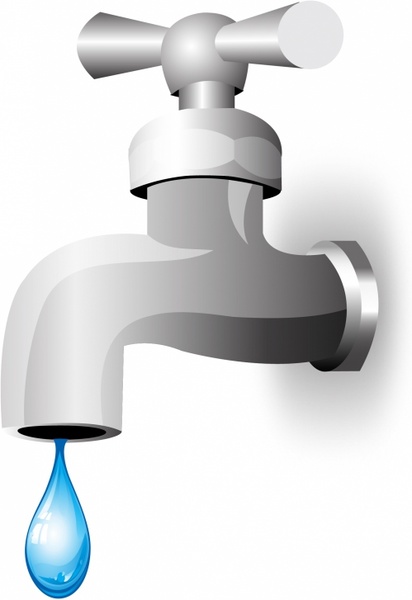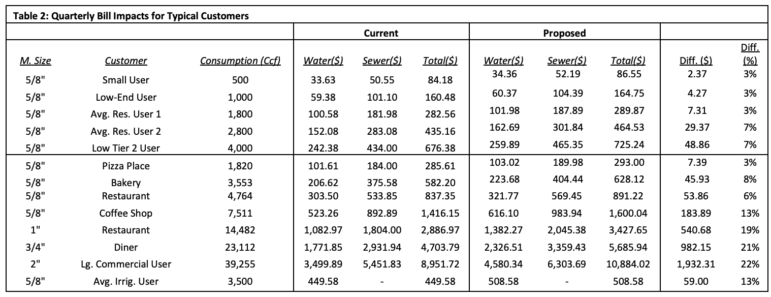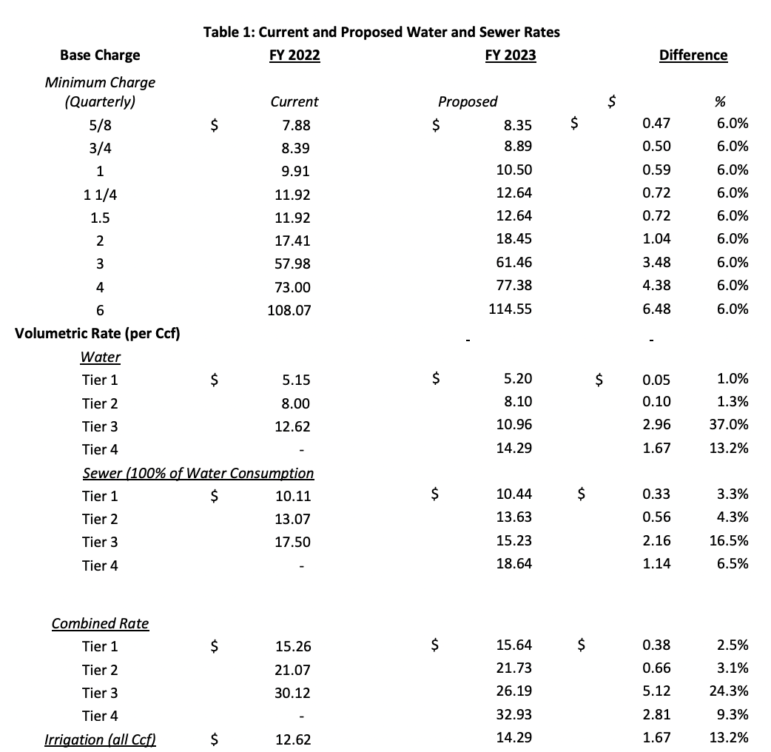
The bad news is that water and sewer rates will be rising for Watertown residents, the good news is that the rate hike will not be as big as it could have been due to a new rate system approved by the City Council Tuesday night.
The new water and sewer rate structure has four tiers, instead of three used by the City in past years. The new system keeps most residents in the lowest tier, while creating a tier in between the second tier and the highest one.
The new tiers moves the cost of the water and sewer enterprise funds from smaller consumers of water, about 75 percent of residents — to bigger users, including large businesses, which results in lower increases for most residents, said Council Vice President Vincent Piccirilli said.
“By creating a fourth tier we will be able to get about 70 percent of people to be in the low area, where their rates only going to go up 2.6 percent. So, this really is going to give a lot of benefit to the average resident, most residents, 70 percent of residents,” Piccirilli said. “It pushes it to commercial businesses. They are going to be paying more, but they have the ability to pass the cost on to their customers, where, say, a retired person living at home alone does not.”
Public Works Superintendent Greg St. Louis said the DPW came up with the recommendation to add a fourth tier after a detailed study of the water and sewer usage and infrastructure needs. He said that without the new rate structure, customers would be seeing double digit percent increases.
“We have forecast for a while that there were substantial rate increases needed, but we have held off due to COVID reasons with modest increases the last two years,” St. Louis said.
The goal is to cover the cost of increased expenses, including a 47 percent increase in the cost of purchasing water from the MWRA (Massachusetts Water Resources Authority) and a 60 percent increase in the cost of treating sewage from Watertown, St. Louis said. The plan also calls for creating a retained earnings fund of 15 t0 20 percent of the budget, he said.
Under the old rate structure Water rates were projected to increase by 10.5 percent in Fiscal Year 2023 (which started July 1, 2022) and by 10 percent in FY2024, St. Louis said. Sewer rates would go up by 7 percent in FY23 and 6.25 percent in FY24.
With the four tiers and the plan recommended by the DPW to use $5 million in ARPA funds to pay for water and sewer infrastructure improvements, the rate would be 6.5 percent in FY23 and 6.25 percent in FY24, while sewer rates would increase 5.25 percent in FY23 and 5 percent in FY24. The exact rate increase would differ based on which tier the user is in.
According to the DPW’s budget presentation, the quarterly sewer bill for a resident using 1,800 cu. ft. of water will increase $5.91 per quarter, from $181.98 to $187.89. The overall or combined water and sewer bill would increase from $282.56 per quarter to $289.87 per quarter; for an
overall increase of $7.31 per quarter, or 2.59 percent. (More examples of the rate impact can be seen below).

The Council approved the plan with the proposal to use ARPA funds, the federal COVID relief money provided to communities. Councilors asked if approving the proposed rates would tie them into using about half of the total ARPA funds on water and sewer improvements. Acting City Manager Tom Tracy said the rates will be the same in FY23 no matter how the Council decides to use the ARPA funds, but may impact later years.
“The rate in front of you is for FY23 only. It does not include additional debt service of $1 million added to water and sewer, that is where it would start to come from ARPA money,” Tracy said. “It would not impact the FY23 rates at all. It could impact FY24 and FY25 … if you don’t do so [use the ARPA for water and sewer projects].”
The City Council will be holding meetings later this year to discuss how to use the approximately $10.8 million in ARPA funds. Council President Mark Sideris said he expects the DPW to propose using $5 million on water and sewer infrastructure projects.
In the approved rate structure, Tier 1 is for users of up to 2,500 cubic feet of water (500 cu. ft. less than with three tiers), Tier 2 is for 2,501-5,000 cu. ft., Tier 3 for 5,001-25,000 cu. ft., and Tier 4 is for over 25,000 cu. ft.
Typical Tier 1 users are a family of four, while Tier 2 includes smaller businesses including small pizza places, bakers, and some small restaurants, St. Louis said. Tier 3 includes some coffee shops and larger restaurants, he said, and Tier 4 includes larger industrial users such as the life science labs.

Which tier will large apartment/condo buildings be in?